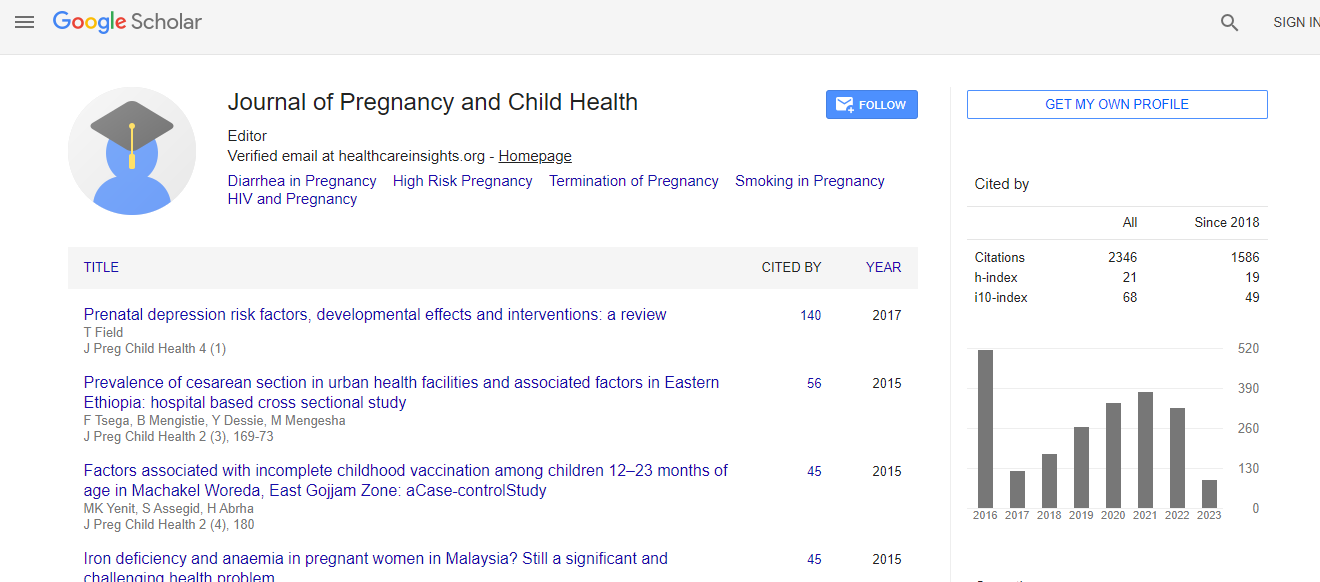Research Article
Impact of Episiotomy at Vaginal Delivery
| Elliot M Levine*, Kimberly Bannon, Carlos M Fernandez and Stephen Locher | |
| Illinois Masonic Medical Center, Chicago, USA | |
| Corresponding Author : | Elliot M Levine Director of Informatics and Research Advocate Illinois Masonic Medical Center, Chicago, United States Tel: 1-773-296-5254 Fax: 1-773-296-7205 E-mail: elliot.levine@advocatehealth.com |
| Received April 23, 2014; Accepted July 16, 2015; Published July 20, 2015 | |
| Citation: Levine EM, Bannon K, Fernandez CM, Locher S (2015) Impact of Episiotomy at Vaginal Delivery. J Preg Child Health 2:181. doi:10.4172/2376-127X.1000181 | |
| Copyright: © 2015 Levine EM, et al. This is an open-access article distributed under the terms of the Creative Commons Attribution License, which permits unrestricted use, distribution, and reproduction in any medium, provided the original author and source are credited. | |
| Related article at Pubmed, Scholar Google | |
Abstract
A comparison was made of episiotomy rates and the rates of advanced perineal lacerations (APL) between different modern times, in order to view the likely consequences of performing episiotomy at vaginal delivery, and to consider applying this to obstetric quality standards.
Study design: A Structured Query Language (SQL) perinatal database, used in a community hospital, was used to investigate the prevalence of episiotomy performed at vaginal delivery and the incidence of APL, for a comparison between different time periods. The type of obstetric provider, the type of episiotomy if performed, any associated operative procedures, neonatal birth weight and Apgar scores, estimated blood loss, and other obstetric variables were reviewed.
Results: The average episiotomy rate steadily declined from 1996-1998, 2003-2005 and 2012-2014. The rate of advanced perineal lacerations coincidentally rose during these time period comparisons.
Conclusion: Obstetric providers may need to consider the likely outcome at vaginal delivery when considering performing an episiotomy. Quality standards may need to more properly focus on the incidence of APL, rather than the episiotomy rate, given the clinical data that the authors examined.

 Spanish
Spanish  Chinese
Chinese  Russian
Russian  German
German  French
French  Japanese
Japanese  Portuguese
Portuguese  Hindi
Hindi 
